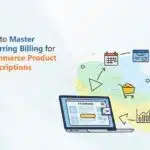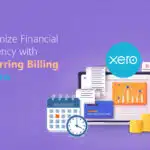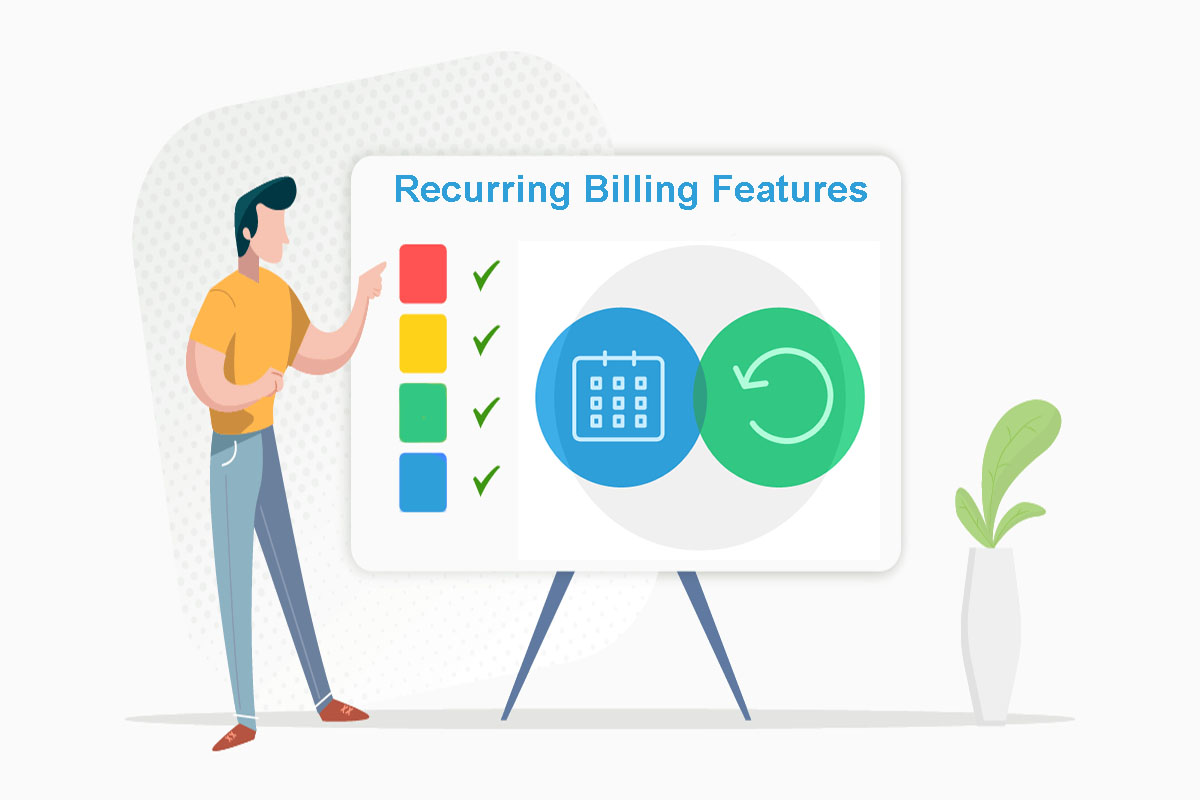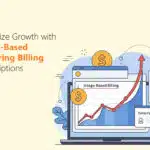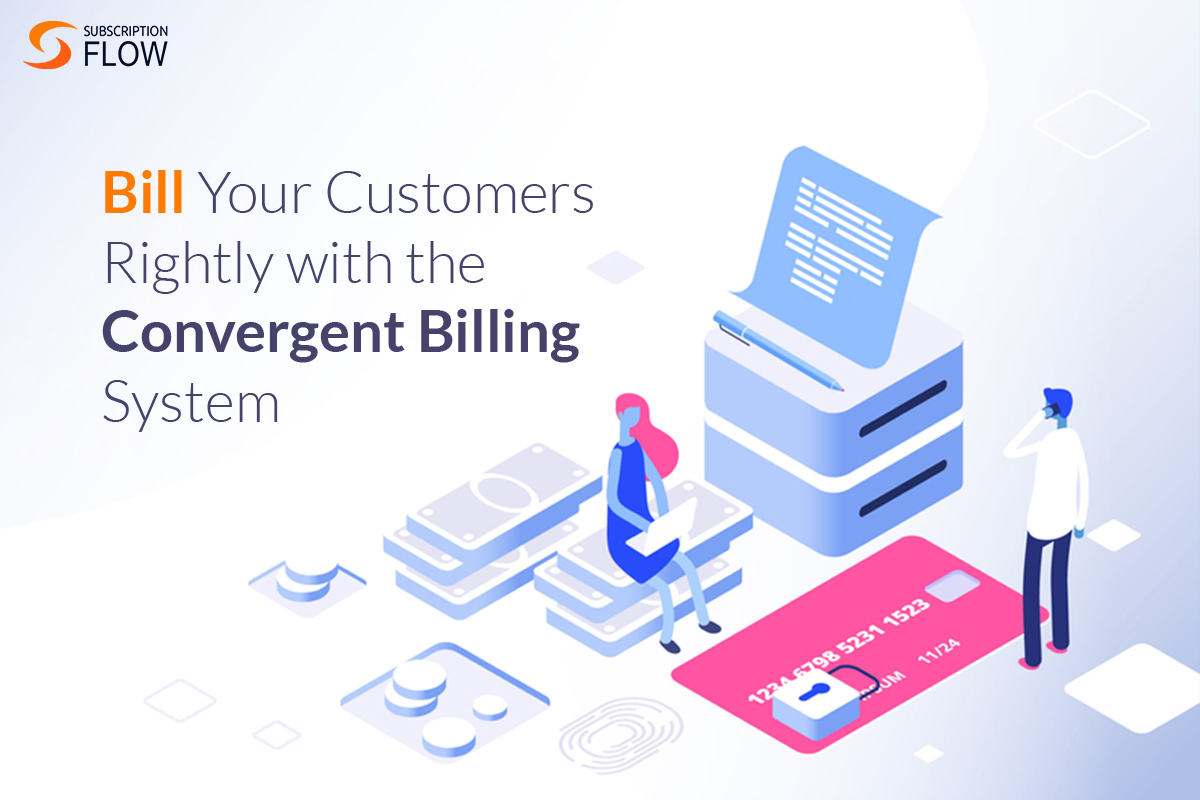
A Guide to Convergent Billing System
Convergent billing is a type of billing where a single bill is issued for multiple services. It is commonly used by utility billing companies, where a customer may receive one bill for their electricity, gas, and water usage.
Convergent billing is also primarily used by telecommunication and cable companies. In this instance, a customer may receive one bill that includes phone service, Internet, and cable TV charges.
The main advantage of convergent billing is that it simplifies the billing process for both the customer and the company. Customers only have to keep track of one bill, while companies only need to generate one invoice. However, a disadvantage is that customers may not be able to see how much they spend on each service. It can be difficult to budget or track spending.
Convergent Billing System
A convergent billing system is a software that allows businesses to manage and automate their convergent billing process. It is a popular choice for companies with multiple customers who need to generate consolidated invoices. The convergent billing system can save businesses time and money by automating invoice generation.
What Factors You Should Consider
There are many different convergent billing systems available on the market, so choosing one that fits your business needs is essential. When considering a convergent billing system, you should consider the following factors:
– Ease of use: The software should be easy to use and understand. It should have a user-friendly interface so you can quickly learn how to use it.
– Customer support: The company should offer excellent customer support if you have any questions or problems.
– Pricing: The price of the software should be reasonable and fit your budget.
– Features: The software should have all the features necessary to automate your billing process.
– Compatibility: The software should be compatible with your existing accounting software.
Convergent Billing System: Pros And Cons
A convergent billing system allows businesses to manage multiple types of customer accounts and transactions in one central location. It can benefit businesses because it can save time and money by consolidating various customer account management tasks into one streamlined process.
Additionally, a convergent billing system can provide companies with valuable insights into their customers’ spending habits and preferences.
However, there are also some potential drawbacks to using a convergent billing system, which include the following:
-The initial setup process for a convergent billing system can be complex and time-consuming.
-Businesses must have the technical expertise to effectively use a convergent billing system.
-There is always the potential for human error when manually inputting data into a convergent billing system.
-If a business’s customer base is spread out geographically, managing multiple time zones with a convergent billing system can be challenging.
Overall, weighing the pros and cons of using such a system is essential before making any decisions.
What Are Some Things To Remember When Using A Convergent Billing System?
-It’s essential to update your information regularly: Make sure to add any new bills or income sources so that your system is always accurate.
-Budget for unexpected expenses: Things like car repairs or medical bills can pop up unexpectedly, so it’s essential to have some extra money set aside each month to cover these costs.
-Create a payment schedule: Setting up a schedule for paying your bills can help you stay on track and avoid late payments.
-Set up reminders: Most convergent billing systems have a reminder system, email alerts, or text messages. Use these reminders to help you stay on top of your bills!
If you’re ready to take control of your finances, a convergent billing system can be a helpful tool. Keep these tips in mind to get the most out of your experience.
What Are Some Of The Popular Convergent Billing Solutions?
There are many converged bills payment systems on the market, but some of the popular ones include the following:
-BillShrink: This app helps you find ways to save money on your bills and also provides a handy payment tracker so that you can stay on top of your payments.
-BudgetPulse: This web-based tool allows you to track your income and expenses, set up budgets, and even create charts and graphs to visualize your spending.
-You Need a Budget (YNAB): YNAB is popular budgeting software that allows users to track their finances, create budgets, and more.
Why Should You Choose SubscriptionFlow Instead?
SubscriptionFlow is an all-in-one system that includes not only all the features of the three tools mentioned above but also many other features not found in any of them. The long and imposing list includes but is not limited to
- Subscription Handling
- Plans & Pricing
- Customer Portal
- Gift Subscriptions
- Trial/Freemium Subscriptions
- Product Management
- Recurring Billing
- Hosted Payment Page
- Subscription Payments
- Multiple Payment Gateways
- Payment Recovery
- Activation Handling
- Conversion Optimization
- Engagement Acceleration
- Retention Management
- Account Expansion
- Churn Reduction
- Reports and Analytics
- Integrations
- Payment Gateways
Have you ever used a similar system? What was your experience like to converge billing? Share your thoughts in the comments below. And if you found this guide helpful, please share it with others who might benefit from it. Thanks for reading.
Schedule a demo of SubscriptionFlow and make your life easier!






